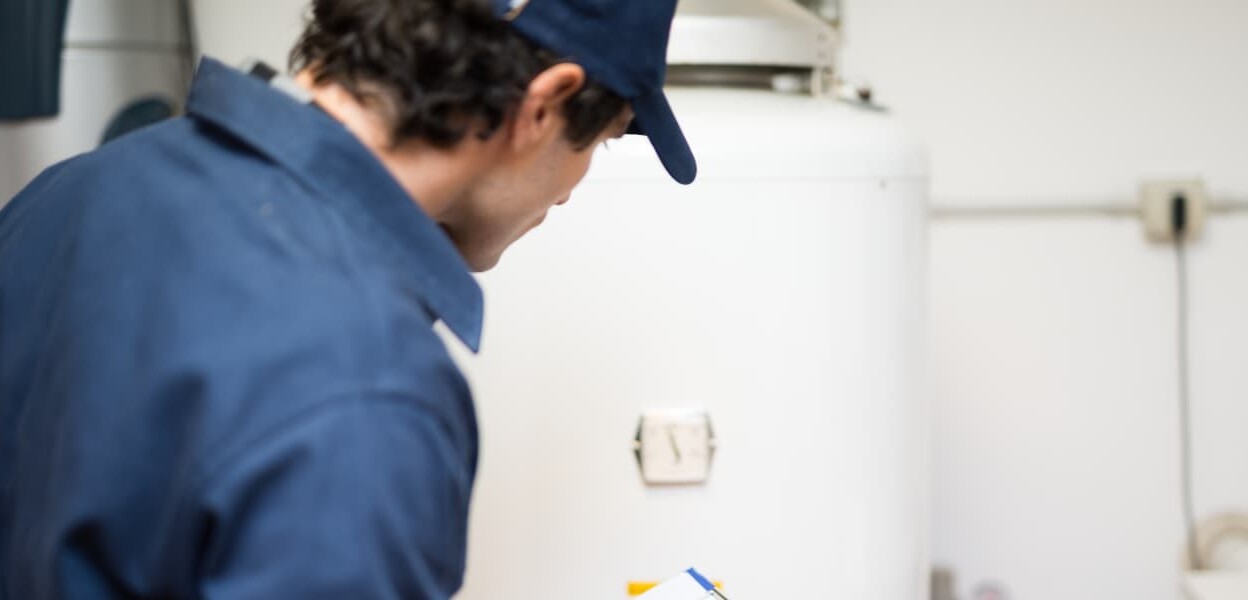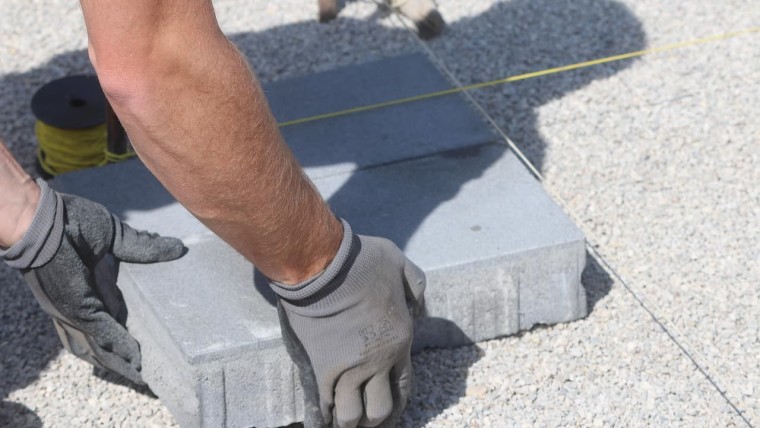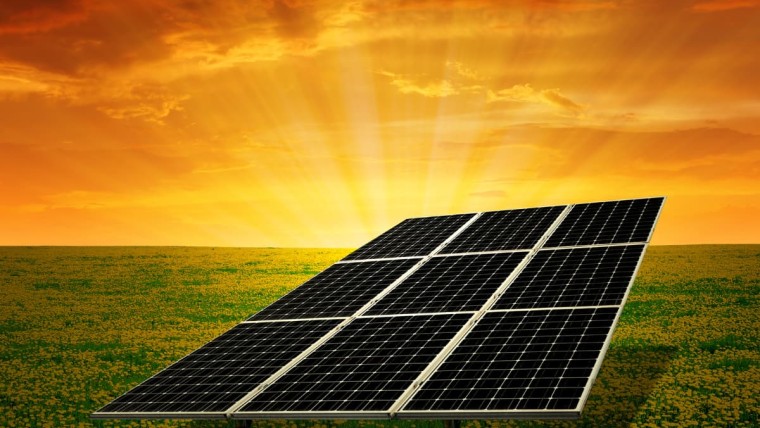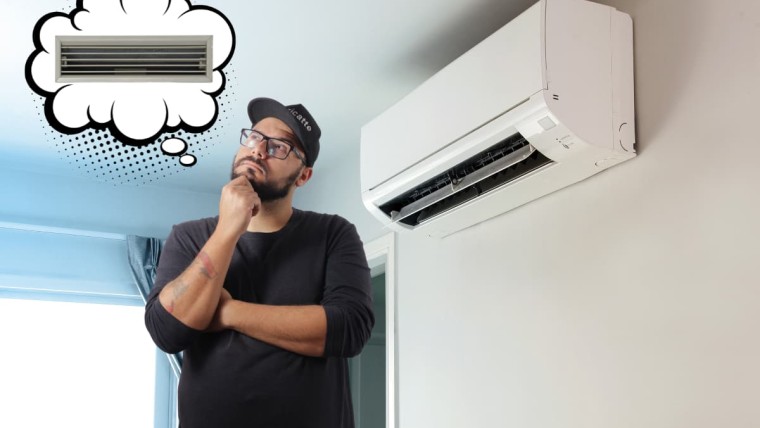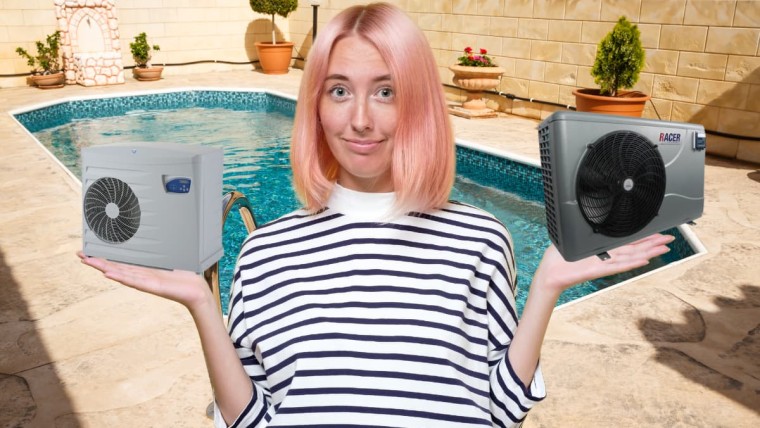The heat pump (HP) with integrated domestic hot water (DHW) production is an interesting solution for satisfying two needs with clean, renewable and free energy.
By combining two essential functions in a single unit, this system offers numerous advantages in terms of energy efficiency, cost savings and space optimization.
However, like all devices, it also has its limitations and drawbacks... which can be neutralized with another option, the thermodynamic water heater. Here's how...
Heat pump with domestic hot water production
The heat pump with DHW system consists of an air-to-water heat pump and a storage tank, providing both heating and DHW for the home.
Heat pump with integrated DHW: how does it work?
The operation of the heat pump can be summarized as follows:
- The refrigerant, which is very cold in its liquid state, captures heat from the outside air, even at low temperatures. Heated in this way, it is converted to a gaseous state in the evaporator of the heat pump's outdoor unit;
- To further increase its temperature, this gas is passed through the compressor, where it is heated by compression;
- Condenser: this heat is then transferred to the water in the heating circuit. By transferring its heat to the heating network, the refrigerant cools and returns to its liquid state;
- Expansion valve: the temperature of the fluid is lowered further by reducing its pressure, so that it can once again recover calories from the outside air. And the loop begins again.
In the case of a heat pump with integrated DHW, the indoor unit also includes a hot water storage tank, generally with a capacity of between 170 and 300 liters, depending on the size of the household. It complements other heat emitters such as radiators and underfloor heating. There is also a control system to manage the various requirements.
This domestic hot water cylinder is traversed by a serpentine tube containing the heated gas, which transfers its heat, with the cylinder acting as an energy store. After delivering its heat, the gas reverts to a liquid state, passes through the pressure reducer to reduce its pressure, and then collects heat again from outside the dwelling.
Heat pumps with integrated DHW: what are the advantages?
There are several advantages to using a heat pump to produce domestic hot water:
- Optimizing energy consumptionYou'll be able to benefit from the heat pump's aerothermal heating system to produce DHW, as well as its "Inverter" technology, which adapts the heat pump's output to the needs of the household (if you opt for a model equipped with this technology). Depending on the heat pump's COP, energy savings can reach 70 %;
- Saving spaceThis is particularly advantageous when you consider the ever-increasing price per square metre, especially in urban areas. This advantage is all the more attractive when you consider that the price per square metre is constantly rising, especially in urban areas. Please note: with a DHW cylinder, the indoor unit takes up more space;
- Lower initial investmentThis is especially true if you're planning to replace a dual-purpose boiler that provides both heating and DHW. In fact, the alternative to a heat pump with integrated DHW would be to install two separate new systems, one for heating and one for DHW (a conventional air-to-water heat pump and electric water heater, for example);
- Whether or not DHW is integrated is not really what has the greatest impact on the purchase price of a heat pump;
- A smaller ecological footprint housing ;
- The device is eligible for aid of the State.
Heat pumps with integrated DHW: what are the drawbacks?
The advantages of a heat pump system with integrated DHW are attractive, but there are a few drawbacks that can affect your comfort.
In regions with harsh winters, the efficiency of a heat pump system with integrated DHW is reduced. This is because the heat pump will prioritize the production of domestic hot water, which has a direct impact on its ability to heat the home. A supplementary heating system is required, with all the associated drawbacks (additional cost and reduced thermal comfort).
Secondly, domestic hot water production can lead to excessive electricity consumption with a low- or medium-temperature heat pump. The production of domestic hot water (DHW) by a low-temperature heat pump (HP) requires a higher temperature than that required for heating.
The heat pump will therefore have to work harder and more often to reach this higher temperature, which can lead to faster wear and tear on the equipment.
To prevent the proliferation of bacteria, particularly Legionella, domestic hot water must be regularly heated to a temperature of at least 60°C. This is known as the "anti-Legionella cycle".
Low-temperature heat pumps have to make an extra effort to reach this temperature, which accelerates wear and tear. For this reason, high-temperature heat pumps (70°C) are highly recommended.
Last but not least, and even if there is a space saving insofar as a single column is sufficient for the heat pump + DHW cylinder system (compared to two columns with a remote system), the whole unit can be relatively bulky, with a height of 2 meters in the case of a bulky cylinder.
This can be a problem for homes with insufficient space. There is an alternative: a heat pump with remote DHW production. Here, the hot water cylinder and the heat pump are physically separated, but the operating principle remains the same.
Independent thermodynamic water heater
This option is just as interesting, since it uses the same operating principle as the air-to-water heat pump.
How does the thermodynamic water heater work?
The thermodynamic water heater is actually a specific form of heat pump. Whereas a conventional air-to-water heat pump supplies heat to a heating system, the thermodynamic water heater is specifically designed to heat domestic hot water. Here's how a thermodynamic water heater works:
- Heat extraction Like the heat pump, the thermodynamic water heater extracts thermal energy from ambient air, such as outside air, air from an unheated room, or even air extracted from a ventilation system. It is usually located in a utility room, cellar or laundry room;
- Water heating Heat recovery: the thermal energy extracted by the evaporation of a refrigerant in an evaporator. The refrigerant changes into a gas, then circulates through a compressor to raise its temperature. The hot fluid then passes through a condenser, where it transfers its heat by condensation to the water in the storage tank;
- Return to liquid state After giving up its heat, the refrigerant returns to the liquid state and the cycle can begin again.
The main difference between a conventional heat pump and a thermodynamic water heater lies in their use. The heat pump is generally used to heat rooms in a building and sometimes to produce domestic hot water, while the thermodynamic water heater is used exclusively to produce DHW.
As a result, this equipment is more compact, as it does not need to be connected to a central heating system.
What are the advantages of the thermodynamic water heater?
Thermodynamic water heaters offer several advantages, including energy efficiency and low environmental impact:
- Energy efficiency Thermodynamic water heaters are highly energy-efficient, reducing energy consumption for domestic hot water production by up to three times compared with conventional electric water heaters;
- Environmental impact Thermodynamic water heaters have a lower environmental impact, emitting ten times less CO2 than fossil-fuel heaters;
- Eligibility for subsidies This system is eligible for government aid because it uses renewable energy;
- Storage capacity Thermodynamic water heaters generally have a large tank for storing hot water (up to 300 liters);
- System independence By separating heating and domestic hot water production, you can avoid premature wear and tear on your heating system in summer when you only need hot water;
- Auxiliary heater The thermodynamic water heater is equipped with an electric heating element that can be used when needed, for example on the coldest days of winter.
What are the disadvantages of thermodynamic water heaters?
Despite the energy savings achieved, the thermodynamic water heater is a relatively expensive piece of equipment.
Secondly, the fact that it incorporates a small heat pump to heat the water will inevitably generate additional noise (compressor), which eliminates the possibility of installing it in a living room.
You must therefore install it in a technical room. Finally, in the most common case, when the thermodynamic cylinder pumps heat into the air of the room in which it is installed, the result is a drop in room temperature of around one degree (depending on the volume of the room).
Which to choose: heat pump with integrated DHW or thermodynamic water heater?
Both options offer great energy savings while reducing your home's environmental footprint... but each has its own advantages and disadvantages. The following table will help you make the right choice.
| Heat pump with integrated DHW (or heat pump with remote storage tank) | Thermodynamic water heater |
| Replacing an old oil-fired boilerReplacement of an old gas boilerNeed to optimize space by using a single columnA region with relatively temperate wintersPreference for a single maintenance contract | DHW only, no heating requiredHouse without central heatingHouse located in a region with a harsh climateFamily house (6 persons), with a significant need for DHW |
Heat pumps with integrated DHW: key facts
The heat pump (HP) system with integrated domestic hot water (DHW) production is an economical and environmentally-friendly solution for heating and producing the DHW you need.
The key benefits: optimized use of space, reduced initial investment (in the case of replacing a dual-function boiler), reduced ecological footprint, eligibility for government subsidies and savings on energy bills.
This option does have its drawbacks, however, particularly in regions with harsh winters, where heating performance may be affected. What's more, DHW production can lead to excessive electricity consumption and faster wear and tear on the equipment, especially with a low- or medium-temperature heat pump.
The independent thermodynamic water heater is an interesting alternative for producing DHW. It is highly energy-efficient, has a low environmental impact, is eligible for government subsidies, offers a large hot water storage capacity and is system-independent. However, it requires a dedicated space for installation, can be noisy and is relatively expensive.

Reda T.
Reda holds a PhD in finance and specializes in renewable energy economics. He combines financial expertise with an interest in sustainability, writing not only on the financing of green projects, but also on more general topics and frequently asked questions in this field.
